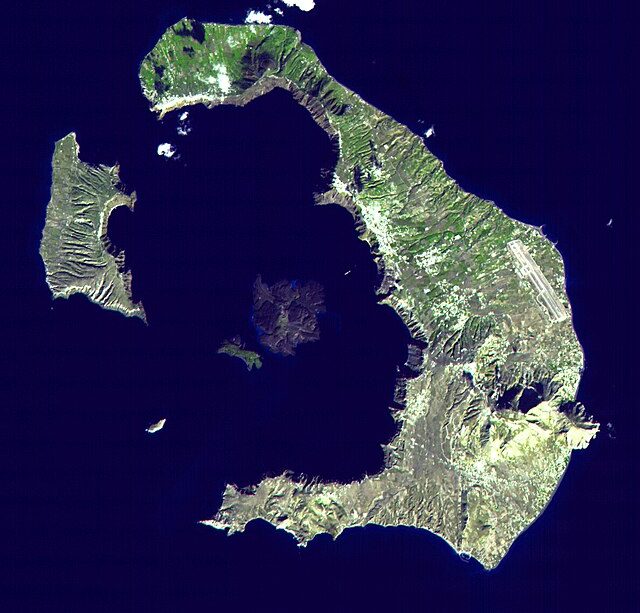The Santorini Volcano: An Ongoing Geological Marvel

Introduction
The Santorini volcano, one of the most famous and active volcanic systems in the world, continues to captivate both scientists and tourists alike. Situated in the Aegean Sea, this caldera formed from catastrophic eruptions has significant geological and cultural importance. Understanding the current state of the Santorini volcano is vital not only for safety but also for the continued prosperity of the local tourism industry that thrives on its stunning landscapes.
Recent Activities
As of late 2023, the Santorini volcano has shown an increase in seismic activity, prompting scientific observation. According to the Institute of Geology and Mineral Exploration (IGME) in Greece, small earthquakes have been recorded, with magnitudes up to 4.5 on the Richter scale. This uptick in seismicity is a reminder of the volcanic nature of the island, which had its last significant eruption in 1950, although smaller eruptions have occurred since.
The monitoring of the volcano is particularly pertinent as a safety net for the island’s residents and millions of visitors each year. Researchers from around the globe, including Italy’s National Institute of Geophysics and Volcanology, have established a network of sensors that continuously collect data about the volcano’s activity.
Impact on Tourism
Tourism remains the backbone of Santorini’s economy, and the threat of a volcanic eruption raises concerns among locals and authorities alike. Despite the potential dangers, the island attracts around two million visitors annually, drawn by its breathtaking views, white-washed buildings, and unique volcanic beaches. Efforts are being made by tourism officials to ensure the safety of tourists while also promoting awareness about the underlying geological activities.
Travel agencies are adapting their marketing strategies to include educational components that highlight the beauty and danger of living on a volcanic island. The Santorini Volcano has become a focus of eco-tourism, with guided tours that teach participants about the volcano’s history and its impact on local life.
Conclusion
As the Santorini volcano continues to remind us of its presence, both the scientific community and local authorities are working diligently to monitor its activity. The balance between safeguarding residents and visitors while promoting an awareness of the island’s geological uniqueness is crucial. While the threat of a major eruption remains low, it is essential for both tourists and locals to remain informed and prepared. The ongoing activity of the Santorini volcano serves as a fascinating case study in volcanic dynamics and risk management, ensuring that its legacy will endure for generations to come.









